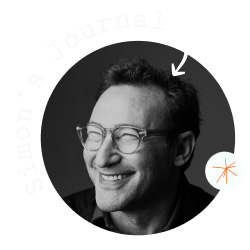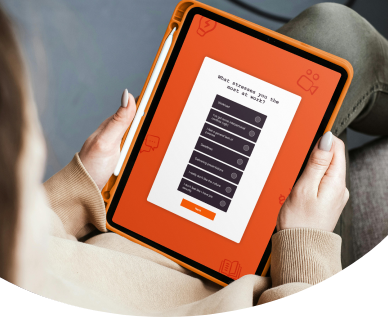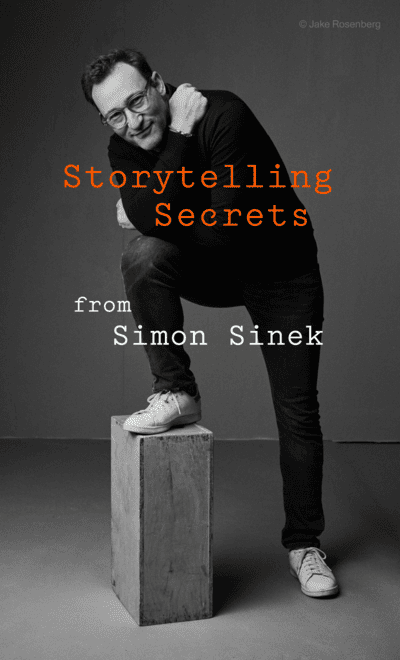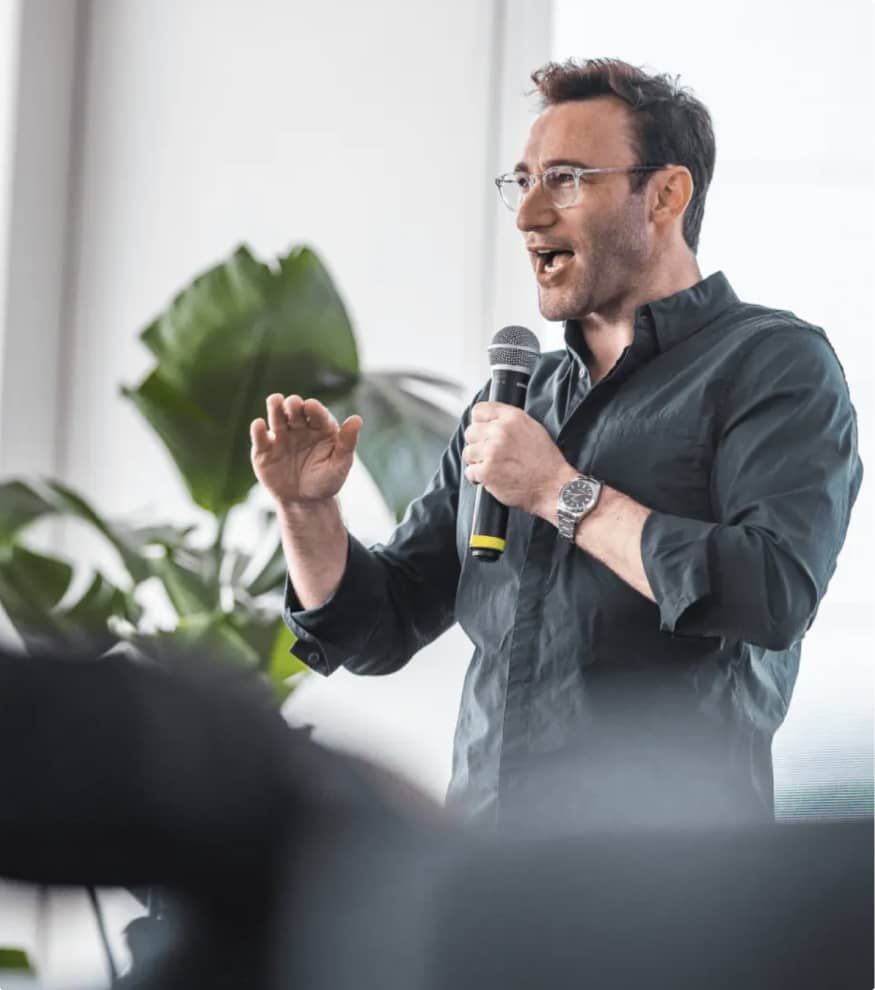The most surprising thing that happens when we know our WHY is our decision speed increases while our stress decreases. Our calendars stay full and our stakes stay high, yet our choices get faster and our bodies get calmer because we share a reliable filter we can trust. Our WHY turns every decision into a two-step test.
First, we ask whether this option advances the cause we serve. Second, we check whether the way we do it aligns with our values. If both are yes, we move. If either is no, we pass or we reshape the option until it fits. The test removes the endless internal negotiation that drains our energy and our time. It also gives our teams a common language for tradeoffs, which reduces friction and second-guessing.
We feel the change in meetings first. Before we align on our WHY, every agenda item competes on equal footing. After we name it, we open with a clear statement of purpose and map each item to that purpose. If an item does not map, we park it or we rewrite it so it does. The room focuses. We contribute relevant data instead of interesting trivia.
We end with fewer actions and more momentum because we stopped doing the parts that do not advance the cause. Over a quarter, this discipline frees hours, increases follow-through, and lifts morale because people see the throughline from their effort to the impact.
We also feel it when a short-term win tempts us. Imagine a large contract that requires us to cut corners we have vowed not to cut. Without a clear WHY, we argue about revenue, reputation, and risk until the deadline forces a decision. With a clear WHY, we restate the purpose, name the misalignment, and decline or renegotiate. The conversation takes minutes instead of days. The team exhales because our choice rhymes with our stated beliefs. Trust rises because our behavior matches our words. That predictability accelerates future decisions and reduces stress across functions.
This increase in speed does not mean recklessness. It means balanced confidence. Our WHY lives in feeling, and we pair it with facts to confirm fit. We start with purpose and we validate with data. When purpose and data agree, we move quickly. When they disagree, we slow down and investigate the gap. Debates turn into discussions about alignment rather than contests of opinions. We save intensity for the work, not for winning the room.
Recruiting changes, as well. Knowing our WHY lets us hire for belief before skill. In interviews, we lead with our purpose and ask candidates to share a story where they advanced a similar cause. We look for consistent patterns in action, then we assess skills. Belief becomes the gate and skill becomes the differentiator. Ramp time shortens, culture strengthens, and turnover drops because people joined for the same reason we show up. Onboarding gets simpler because the WHY teaches new teammates how to decide when no one is watching.
Customer selection gets cleaner too. We define our ideal customer as the person our work helps most and we publish criteria that reflect our WHY. We share what we will do and what we will not do. Prospects self-select in or out. Our pipeline becomes smaller and healthier. Sales cycles shrink because we are no longer convincing mismatches to say yes. We are inviting matches to move faster with us. Post-sale satisfaction improves because expectations and beliefs aligned at the start.
Here is the daily cadence that locks in the benefit. We start the day by reading our Why Statement out loud. We choose three priorities that clearly advance it. We decline or delegate one tempting task that does not. We end the day by writing one sentence that describes how our actions served the cause and one adjustment for tomorrow.
The ritual takes five minutes. The compounding effect is clarity, calm, and consistent progress. We also narrate tradeoffs through the WHY in public forums so the team learns the filter. Over time, others begin using the same language without our prompt. Meetings open on purpose. Roadmaps align faster. Trust grows because decisions feel predictable and fair, even when everyone does not fully agree.
If we want to capture this advantage now, we can write our Why Statement in a simple format: to contribute X so that Y happens. We can test it for one week. We can begin each meeting with it. We can tie one recognition to it. We can make one tradeoff because of it and explain the choice through it. We can watch our decision time drop and our stress markers fall. The surprise holds up in practice: clarity speeds us up and calms us down at the same time.
For more, check out Simon’s online course, Find Your WHY.
